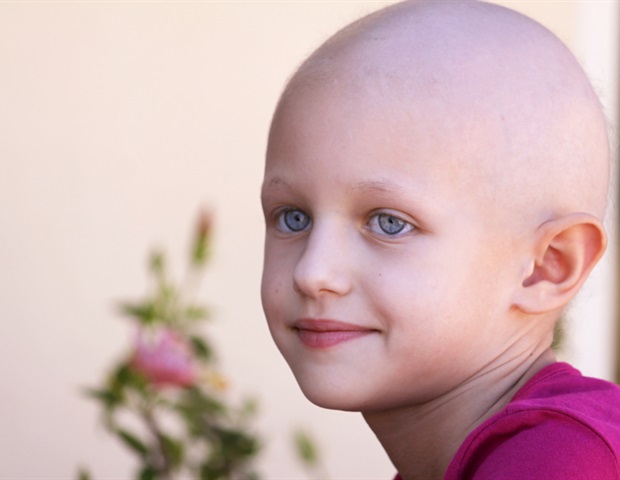
An estimated 61,780 new cases of leukemia will be diagnosed in the United States this year, with some 2,000 cases in New Jersey, according to the American Cancer Society. Although leukemias are thought to occur in childhood, they can actually present at any age in both children and adults. However, not all leukemias are created equal.
There are four main types of leukemia. There are 'acute' versus 'chronic' - and there are those that emerge from 'myeloid' versus 'lymphoid' cells.
Types of leukemia considered acute (e.g. acute myeloid leukemia, acute lymphocytic leukemia) present suddenly with severe symptoms and are treated more aggressively, while chronic leukemias (e.g. chronic myeloid leukemia, chronic lymphocytic leukemia) develop more slowly and are easier to treat and manage. Other blood cancers in this spectrum include myeloproliferative neoplasms, myelodysplasia and systemic mastocytosis.
Our blood is composed of cells that fight infection (i.e., white blood cells), carry oxygen and allow us to clot and stop bleeding (platelets). Leukemia symptoms are therefore tied to irregularities that may develop in the cells of our blood. These may occur gradually in some who present with nosebleeds, bruising, fevers and/or recurrent infections.
In others, these irregularities are identified through blood work and symptoms may occur more rapidly. In addition, lymphocytic leukemias may also present with enlargement of the spleen and/or lymph nodes. It is therefore important to be evaluated by a healthcare professional if presenting with symptoms that are unusual for you.
There are highly effective treatments in leukemia with the best options being individualized to the exact disease subtype and the individual patient. Chemotherapy is often part of curative treatment for acute leukemias.
However, some subtypes of acute leukemia (e.g., acute promyelocytic leukemia) are treated with highly targeted treatments including novel oral medications. For the treatment of chronic leukemias, there are a multitude of new and effective targeted treatments becoming available, whether monoclonal antibiodies that target the surface of the leukemia cell or specialized inhibitors that target the DNA and RNA inside the cell. In addition, there are some leukemia conditions that do not need immediate therapy and can be managed with a "watch and wait" approach for several years.
Physician-scientists at Rutgers Cancer Institute of New Jersey are at the forefront of studying the causes of leukemia and developing new treatment options for blood cancers. As a National Cancer Institute-designated Comprehensive Cancer Center and a member of the Big Ten Cancer Research Consortium, our team works collaboratively with colleagues across the country to improve patient outcomes for leukemias and other forms of cancer. Information about hematologic malignancies can be found at http://www.cinj.org/treatment/leukemia.html.
Even though leukemias each behave differently and may even differ between patients, they are highly treatable. The best thing to do is to consult with a healthcare provider that specializes in leukemia to discuss an individualized treatment plan.
Rutgers Cancer Institute of New Jersey






No comments
Post a Comment